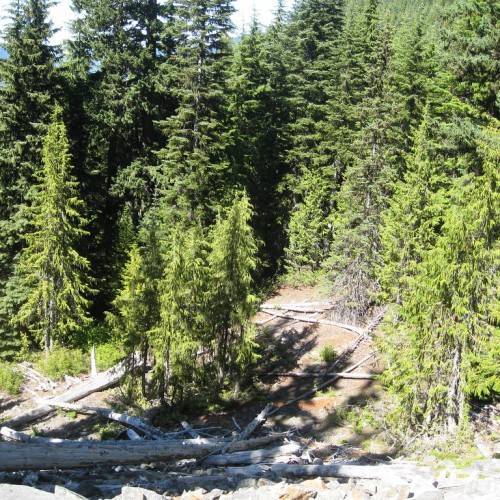
Yellow-Cedar
Callitropsis nootkatensis
Watering:
Minimal
Hardiness Zone:
Sun:
full sun,part shade
Leaf:
Yes
Growth Rate:
Low
Salt Tolerant:
Yes
Care Level:
Medium
watering
Narrow-Winged Water-Starwort (Callitriche stenoptera) is a species of aquatic plant that prefers shallow, slow-moving, nutrient-rich freshwater and is recommended for partial or full sun exposure. It is best to water the plant throughout the growing season to keep the soil moist, but not soggy; it should be watered both in the morning and evening to maintain appropriate levels of humidity. Allow the soil to dry out slightly between waterings, but irrigate again before the plant wilts. During the winter, water less frequently but still keep the soil slightly damp. Once excess water has been allowed to run off, fertilize the plant with a balanced liquid fertilizer every 2 weeks.
sunlight
Narrow-Winged Water-Starwort (Callitriche stenoptera) needs ample sunlight to flourish. Aim to provide 6 to 8 hours of direct sunlight each day, during the warmest part of the day, typically between 10 am and 4 pm. The amount and intensity of the light will depend on the season and location and should be adjusted accordingly. In the spring and summer months, the plant should receive more light, whereas in the fall and winter months the plant should receive more indirect sun. For optimal growth, ensure the plant is placed in locations where it receives full or partial sun throughout the day.
pruning
Narrow-Winged Water-Starwort can be pruned during late winter or early spring when the plant is in its dormant state. Beginning in late winter or early spring, prune off any dead, damaged, or diseased shoots at the base. Then, shorten longer shoots by pruning them back to 2-3 buds. To encourage dense foliage, it is best to prune after each flowering period. To encourage flower blooms, the plant should be pruned lightly throughout the year. Always remove any dried flowers to direct energy into further blooming. Pruning off any overly tall stems will help to keep the plant more compact and encourage flowering.
